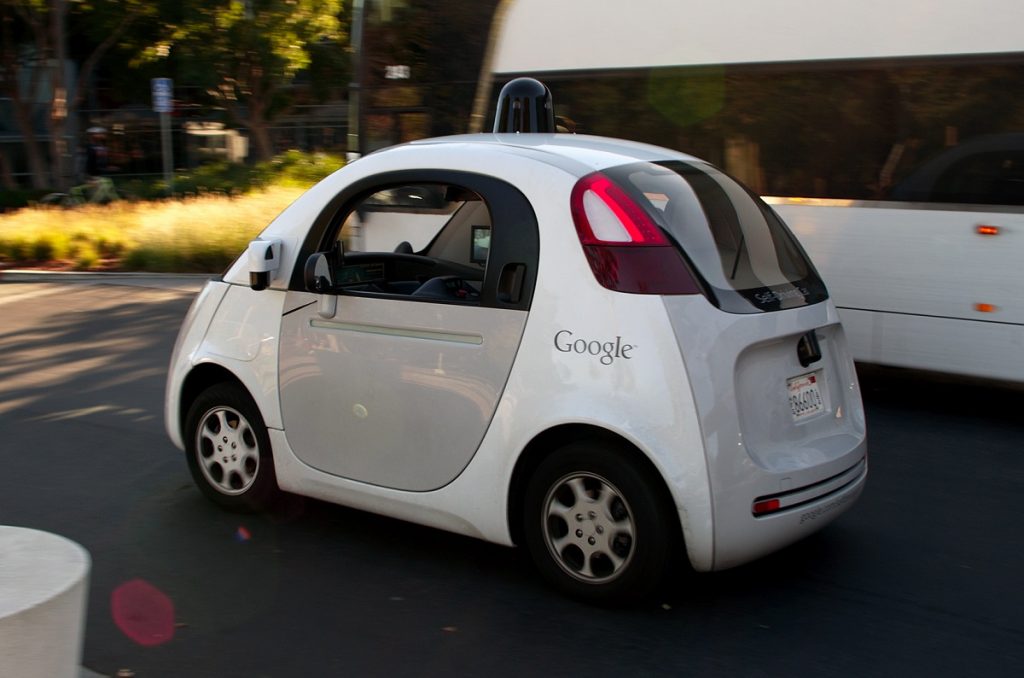[dropcap letter=”T”]
he three pillars that supported the American commercial empire half a century ago –the retail sale of warehouse products, manufacturing and selling cars and the film industry– have been or are being radically transformed by Silicon Valley. The consequences are very diverse; from the definition of new consumption niches in the market to abandoning old distribution models. Think of what Amazon has meant for Woolworth’s and Sears, or what the irruption of the autonomous car developed by Waymo, a Google company, will mean. And in Hollywood? The increasingly intensive application of CGI –computer-generated images– and still exploratory but increasing use of algorithms to produce plot elements, from storylines to scripted sequences, predict, perhaps dystopianically, a film industry capable of not needing its most glamorous and occasionally less docile and very costly component –the temperamental stars–, and of the always vindicating and dissatisfied screenwriters. We’ll still have to see about that, but there are already some pointers of what’s to come. Like Peter Cushing, who was resurrected twenty years after his death for one of the Star Wars films.
What there is no doubt about is the combined effect of an old format –the television series– and new distribution platforms for digital products, which in some cases also become content producers. Just four years ago, although it seems like half a century ago, Netflix, until then devoted to flat-rate streaming of audiovisual products from conventional or cable television channels, produced its first series, under the direction of a well-known Hollywood director: House of Cards by David Fincher. The success of this series, a remake of the British homonym from 1990, is measured in Emmys –with 56 nominations in 2016– and it is undoubtedly included in the long list of series that make up what some call the third golden age of American television, with previous milestones like The Wire, The Sopranos or Breaking Bad, but which can also be explained by the absolute innovation its non-serialized distribution meant. Indeed, Netflix, which currently invests more than 6 billion dollars a year in content development, used for the first time in House of Cards the formula it has repeated since then in all its productions, from Orange is the New Black to Narcos or Daredevil: the simultaneous première of every episode in each new season, with which the company has enhanced the binge-watching formula: marathon viewing sessions of serial products. This was previously only practised by a minority of addicted fans of certain series who watched entire seasons on DVDs. According to a recent study, currently almost two-thirds of American teenagers binge-watch for five straight hours at least twice a month. And according to my own experience, I suppose that a few adults are also capable of succumbing to this guilty pleasure.

Amazon and Hulu have joined Netflix as producers of audiovisual content, which is usually of good cinematic quality. Because old television networks –conventional, cable or satellite ones– have continued their unstoppable production, the current scenario is one of plethora, if not inflation: at the end of this year, a total of 500 series of all genres will have been produced, which represents a 40% increase compared to 2015. This has also affected screenwriting. With the almost entire disappearance of serial consumption, the narrative structure of some series have taken the binge-factor into account, and do so in detriment of one of the great achievements of series like The Sopranos or The Wire, which paired them to films or even novels: the integrity and coherence of the whole as a result of the slow maturation of situations and characters. In every case, however, we can speak of a revolution that affects the whole chain of the industry, from conception and writing to distribution and consumption. Viewers are increasingly free to choose or dismiss content, and there are creators who are beginning to produce independent series, such as Louis CK’s masterpiece, Horace and Pete. Facing political and national correctness, all new freedoms are undoubtedly welcome.



















